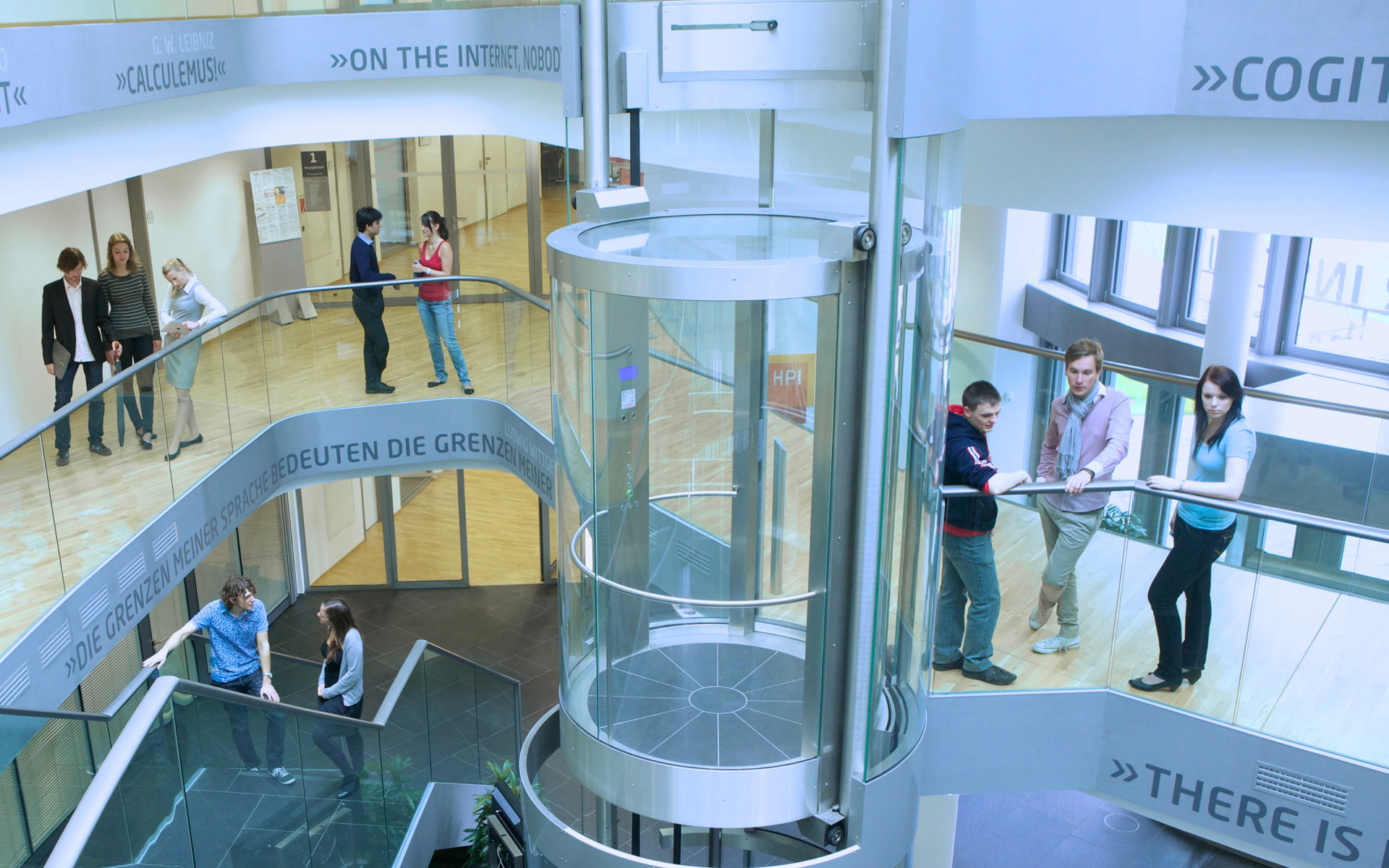This work is part of the Mímir Project.
Authors
Tim Repke and Ralf Krestel
Abstract
Many large text collections exhibit graph structures, either inherent to the content itself or encoded in the metadata of the individual documents.
Example graphs extracted from document collections are co-author networks, citation networks, or named-entity-cooccurrence networks.
Furthermore, social networks can be extracted from email corpora, tweets, or social media.
When it comes to visualising these large corpora, either the textual content or the network graph are used.
In this paper, we propose to incorporate both, text and graph, to not only visualise the semantic information encoded in the documents' content but also the relationships expressed by the inherent network structure.
To this end, we introduce a novel algorithm based on multi-objective optimisation to jointly position embedded documents and graph nodes in a two-dimensional landscape.
We illustrate the effectiveness of our approach with real-world datasets and show that we can capture the semantics of large document collections better than other visualisations based on either the content or the network information.

